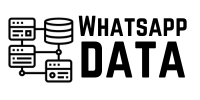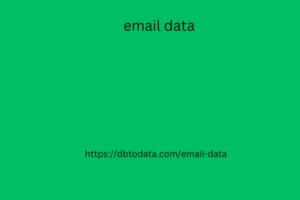The next phase that occurs is indexing. From the moment your URL is read by Google’s robot, it becomes part of the Search Index. We can think of it as an almost infinite catalog that organizes all the online content read by Google. In this way, the index contains relevant data such as:
the date it was published and whether there have been updates;
the loading time;
the text and the keyword worked into the content.
This process allows for agility in the search process and delivery of the most relevant results to the user. It also serves to collect data that is useful for the next stage of the Google algorithm’s operation.
Ranking
Ranking is the focus of the SEO professional’s work
This is because this is where usa email list the algorithms come into action, identifying the most favorable results for the search and penalizing websites that adopt a practice seen as inappropriate by Google.
Over the years, Google has implemented algorithms that make search results increasingly better. To start an SEO campaign , it is important to understand this. If at first the focus was just to fill the pages with the keywords identified in the indexing, over time, algorithms have emerged to observe the most diverse rules such as:
Panda — evaluates the quality of content and the appropriate use of keywords
Penguin — analyzes the quality of links, ranking pages according to links from quality external sites;
Hummingbird — optimized semantic interpretation, observing search intent;
Pigeon — enhanced local search results, positively impacting local businesses, such as those that are part of Google My adb directory Business ;
Mobilegeddon — prioritizes responsive smst temporary work the essential tool websites, which promote good navigation for users who access the internet from mobile devices ( mobile friendly);
RankBrain — insertion of artificial intelligence and machine learning to interpret the searches carried out;

